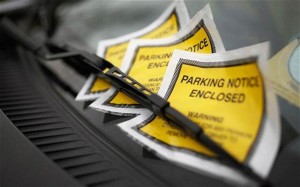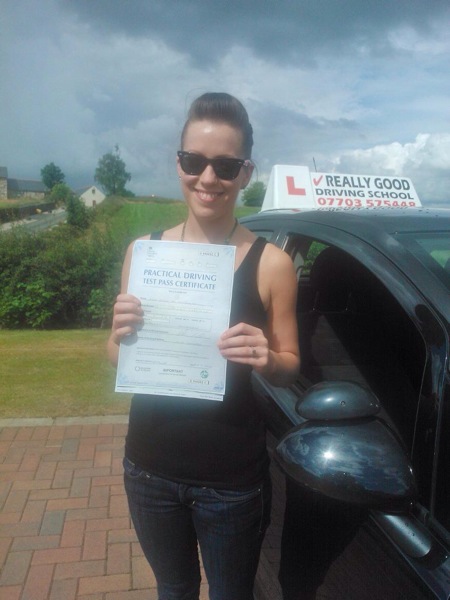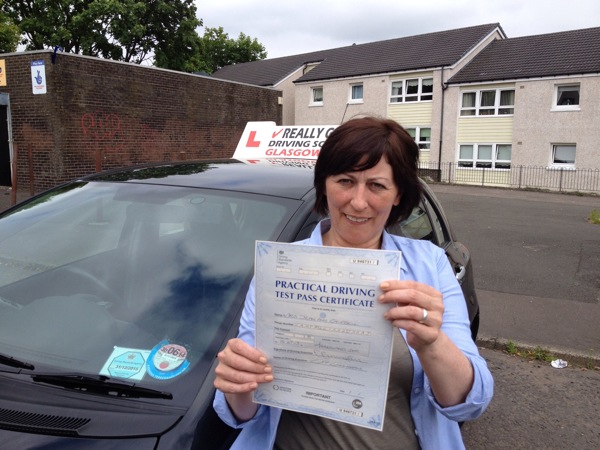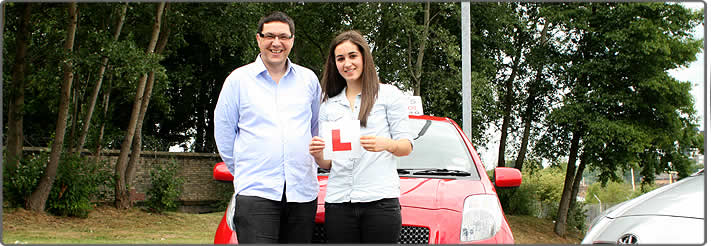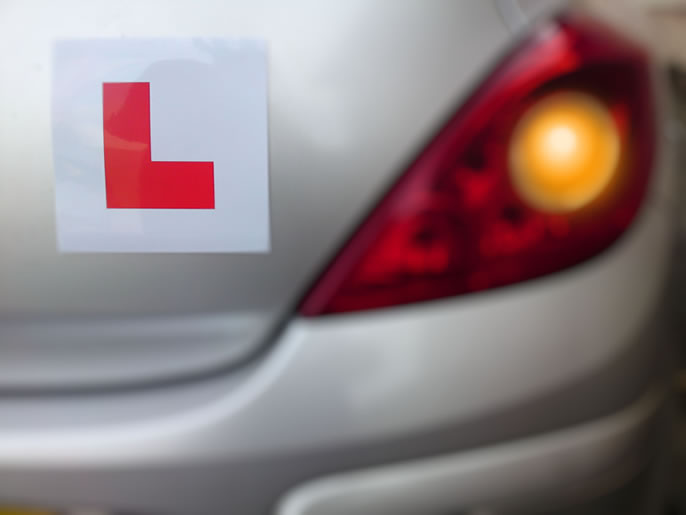
Having learned the Controls and Cockpit Drill the next step is to move off safely. This will require co-ordination of car controls and effective observation. A simple and safe way to do this is to learn a routine called P.O.M. or Prepare, Observe, Manoeuvre.
Preparation
This means making sure the parking brake (or handbrake) is firmly on and that the gear lever is in the neutral position- it wobbles freely from side to side.
Turn on the engine now and prepare by doing the following: Clutch down, select first gear, set gas( make the engine sound like it’s purring), find biting point. Biting point is when the engine sound changes. At this point hold the clutch pedal completely steady.
Observe
We need to make sure it is safe and clear to move off and we can only do this by looking around for anybody or anything whose way we could obstruct or endanger.
To do this look for pedestrians or oncoming vehicles in the road ahead. Check for cyclists, motorcyclists or another driver about to move off. Do the same when looking to the rear and using your mirrors. If traffic is approaching too fast or near from behind you just wait until you are clear.
Right Blind Spot Check


The order you check mirrors in could vary according to road and traffic conditions but one common method is: Left door mirror, interior mirror, right door mirror, and finally over your right shoulder into the right blind spot area (the area mirrors don’t let you see into). Sometimes you will need to check left blind spot. Really Good driving instructors will help you with appropriate systems for this but the important thing to remember is you must ensure it is safe to move before moving.
To Signal or Not?
One way to think of this is to ask yourself if it is safe to move. If it is, a signal generally won’t do any harm but may be unnecessary. 
If it is unsafe a signal could send out completely the wrong message to other traffic. In other words, that you are about to do something you have no intention of doing. This could cause other road users to slow, stop or swerve as they think you are going to pull out in front of them. Even as you do move off keep observant, things can change quickly and stopping may become a necessity.
Manoeuvre
To manoeuvre the car let the handbrake off fully and gently begin to let the clutch up while simultaneously increasing the gas. Steady foot control is required as being too quick up with the clutch may result in stalling, as will not enough gas. Too much gas and the car could skid or shoot away. Again, your instructor will guide you initially to practice this control. Once moving steer the car gently into a position about 1 car door length (or a metre) from the kerb.
Congratulations! 
Keep practising and the P.O.M. routine will become completely familiar. One last thing, to avoid disaster you need to know how to stop the vehicle. “Really Good” instructors will of course explain and demonstrate (as required) this procedure beforehand!
